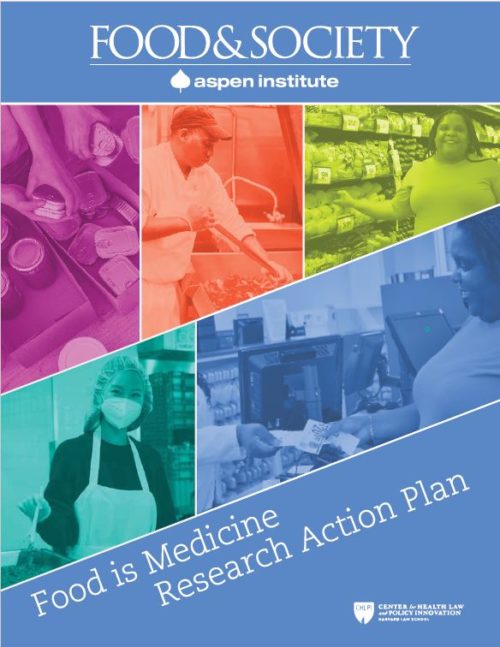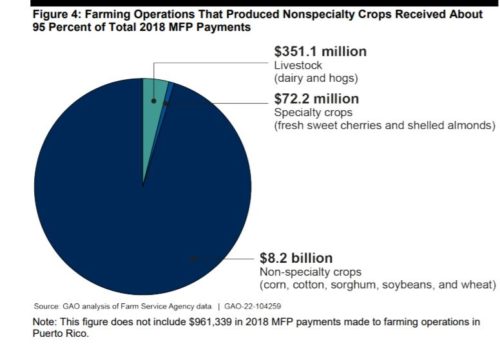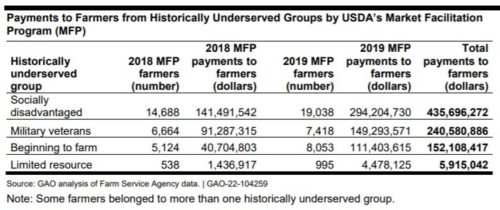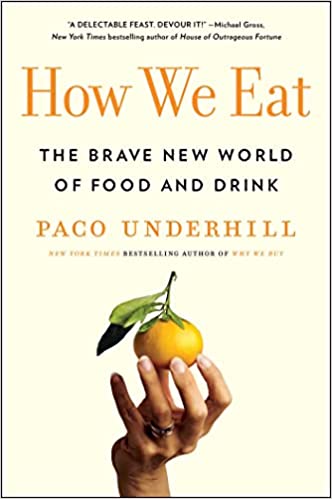Weekend reading: Food is Medicine initiative
Corby Kummer sent me this ireport from the Food is Medicine Initiative (he is one of the authors).

This is an initiative of the Aspen Institute Food and Society Program, which aims to find practical solutions to food system challenges and inequities.
I’ve previously written about this program’s food worker safety guidelines.
Now, the Institute and its collaborators have come up with a Food is Medicine Research Action Plan.
The Plan begins with the premise that Food is Medicine interventions improve health and quality of life as well as curb health care costs.
Food is Medicine interventions:
- Medically tailored meals
- Medically tailored groceries
- Produce prescriptions
The report provides the background—the health implications of food insecurity, key federal nutrition programs, the history (with a a handy timeline), the existing research basis, and case examples—for these interventions.
The Action Plan is an agenda for the kind and quality of research that needs to be done to link these and other interventions to reduction of food insecurity and improved health.
- Researchers: this report has anything you need to write a grant to do research in this area
- Advocates: this report has whatever you need to justify action.
Food is Medicine Resources




